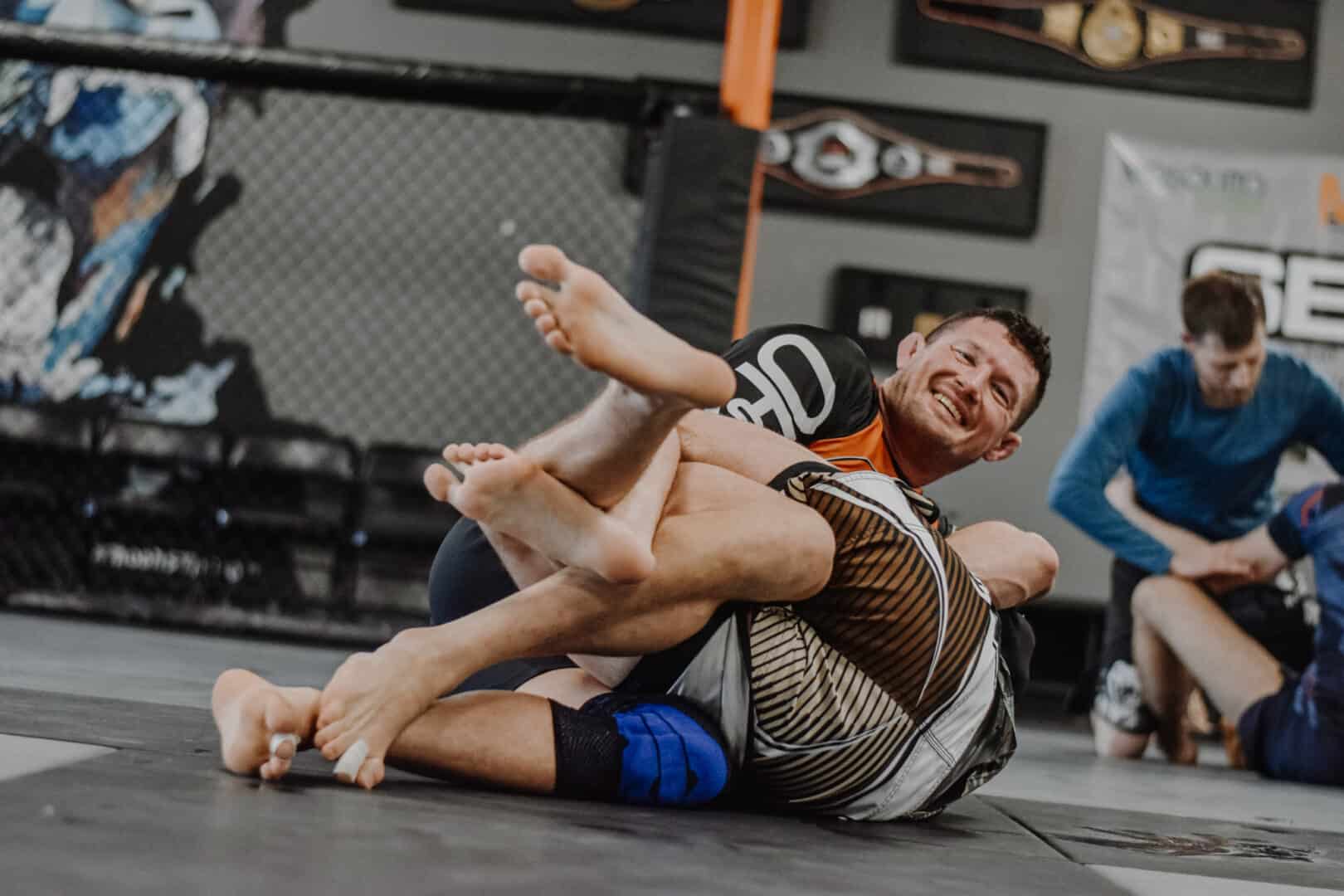Does Gi Brazilian Jiu Jitsu have a chance against No Gi Grappling in the battle for Jiu Jitsu supremacy?
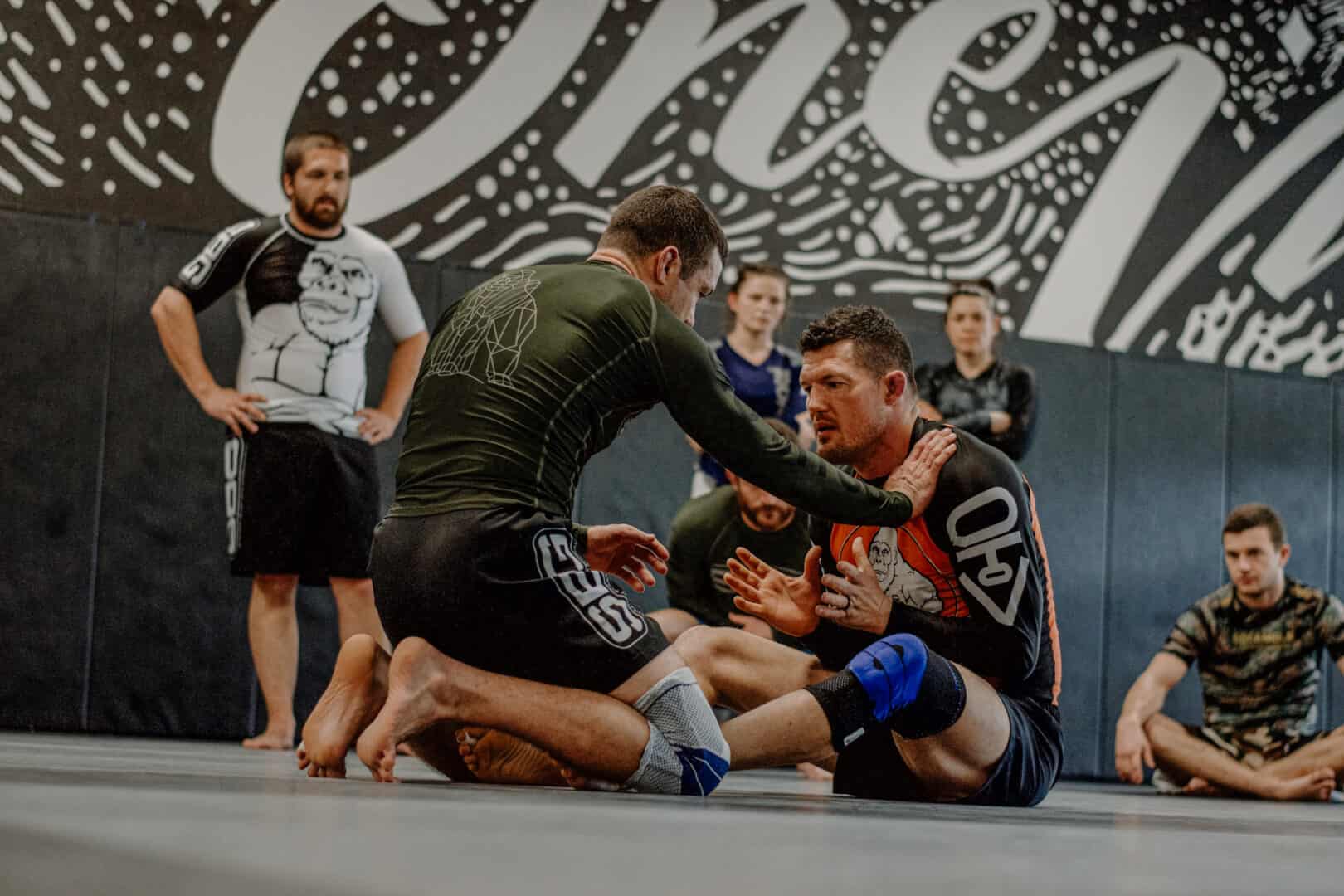
Several of my Jiu Jitsu students at Straight Blast Gym Atlanta have argued that the gi is dead and that No Gi Submission Grappling is the direction all Jiu Jitsu is heading. At first, I completely dismissed this idea but I’m open-minded enough to explore it. In this article, you’ll join me in that exploration. You’ll discover the developments of No Gi since I started training Jiu Jitsu in 2003. This is all based on my personal experience. No animals were harmed in the writing of this.
First of all, what is No Gi Submission Grappling and how does it differ from traditional Gi Brazilian Jiu Jitsu?
No Gi Submission Grappling is a Grappling Art that does not include strikes (in most cases). In the sport context (which is what we’re discussing today) the overall objective is to beat your opponent by submitting them or winning via points. Each competition has its variation of rules but essentially the strategy is to take your opponent to the ground and force them to tap (or quit) due to one of many optional submissions available to the athletes. In the case that neither athlete submits the other, the match is decided by points or Refs decision (again, in most cases).
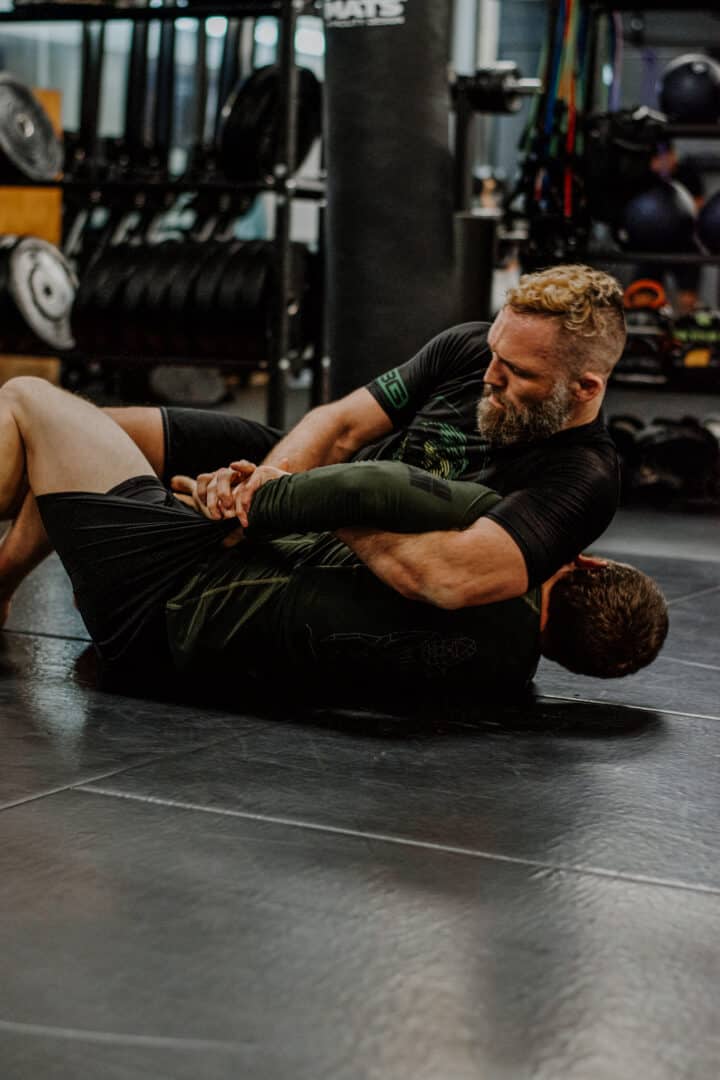
Traditional Brazilian Jiu Jitsu is practiced in a thick Kimono that we call a Gi. No Gi, on the other hand, is practiced wearing pocketless shorts, spats, or vale tudos as bottoms and a rash guard, or a tight-fitting t-shirt as a top. Some people wear no tops at all if the rules allow it but they all seem to have far better abs than I. Essentially the outfit you’re in dictates the rules in which you play.
As previously mentioned rules vary from event to event but one difference that seems universal is that heel hooks are allowed in No Gi while heel hooks along with some of the positions used to attack heel hooks are illegal in the Gi. Traditionally, in the Gi leg locks were considered taboo. When I started Brazilian Jiu Jitsu at Alliance BJJ under the tutelage of Romero “Jacare” Cavalcanti in 2003, leg locks were frowned upon. There were many who believed you were basically a trashy human being unworthy of love if you attacked someone’s foot. That mindset isn’t shared by the majority anymore but the differences in rules still exist. I say, don’t fear the Reaper.
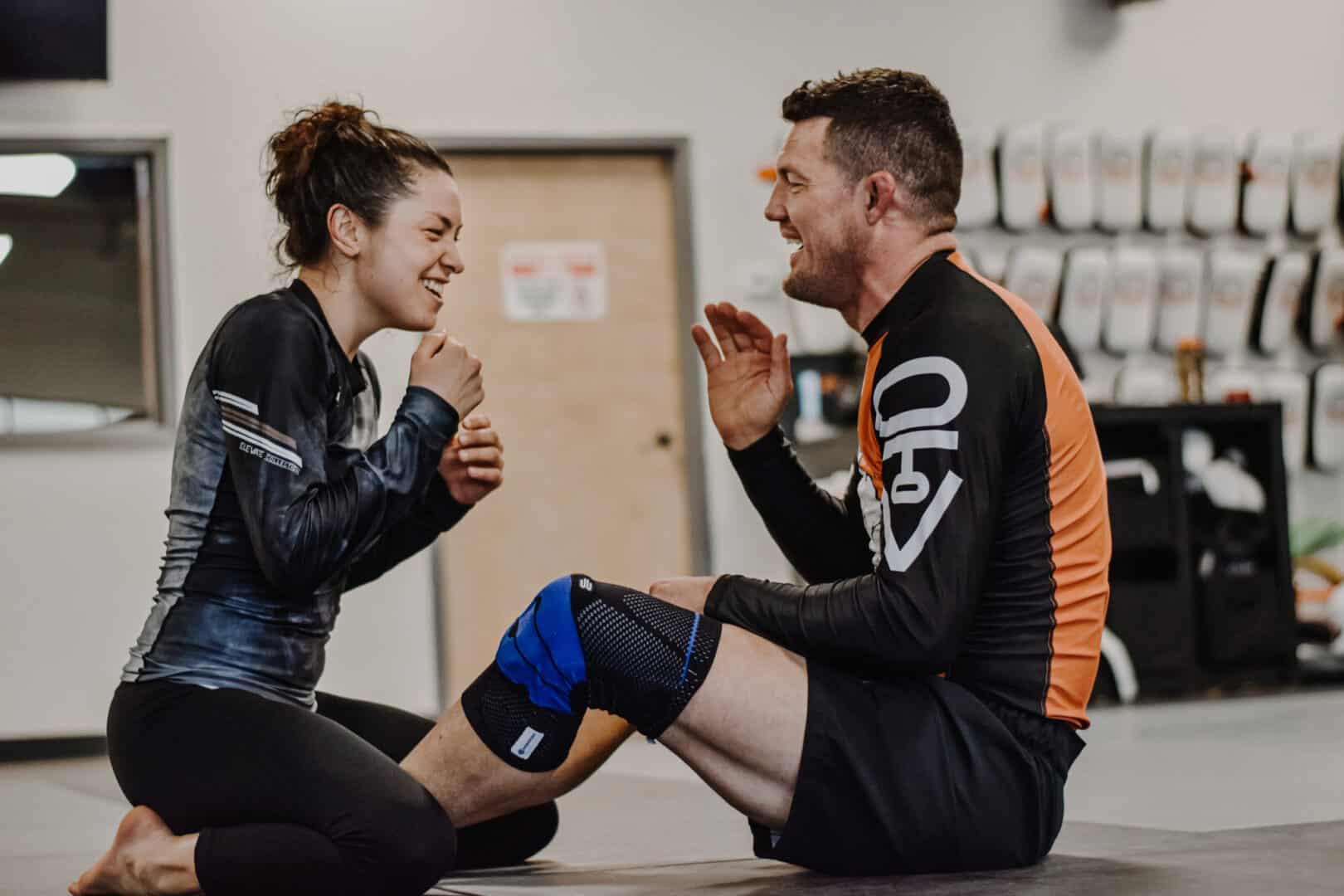
Now that we know how they differ, let’s look at what changes have taken place over the past 18 years that have ultimately caused the recent rise of No Gi Grappling
1. Competitions. Sure, there was NoGi in 2003 but on the big stage, it was limited to ADCC, along with all of the small shows like Naga, Casca Grossa, and the like who offered both NoGi and Gi divisions. Nothing has changed for the smaller shows other than there are more of them throughout the year and their athletes are leaning more and more to the NoGi divisions vs Gi divisions.
The biggest change has been the introduction of several huge NoGi shows like WNO, EBI, and F2W. Apparently, three-letter acronyms are required for success. And they are successful. With the emergence of FloGrappling, we can stream the events to our phones making it convenient to watch. Many argue that watching NoGi is more exciting and I frankly can’t argue against that. Watching someone who’s wrapped up in the gi, stuck in a series of grips can cause a spectator to lose interest. It’s the equivalent of seeing a bug caught in a web. No Gi’s lack of grips, however, makes for a much faster-paced and exciting spectator experience.
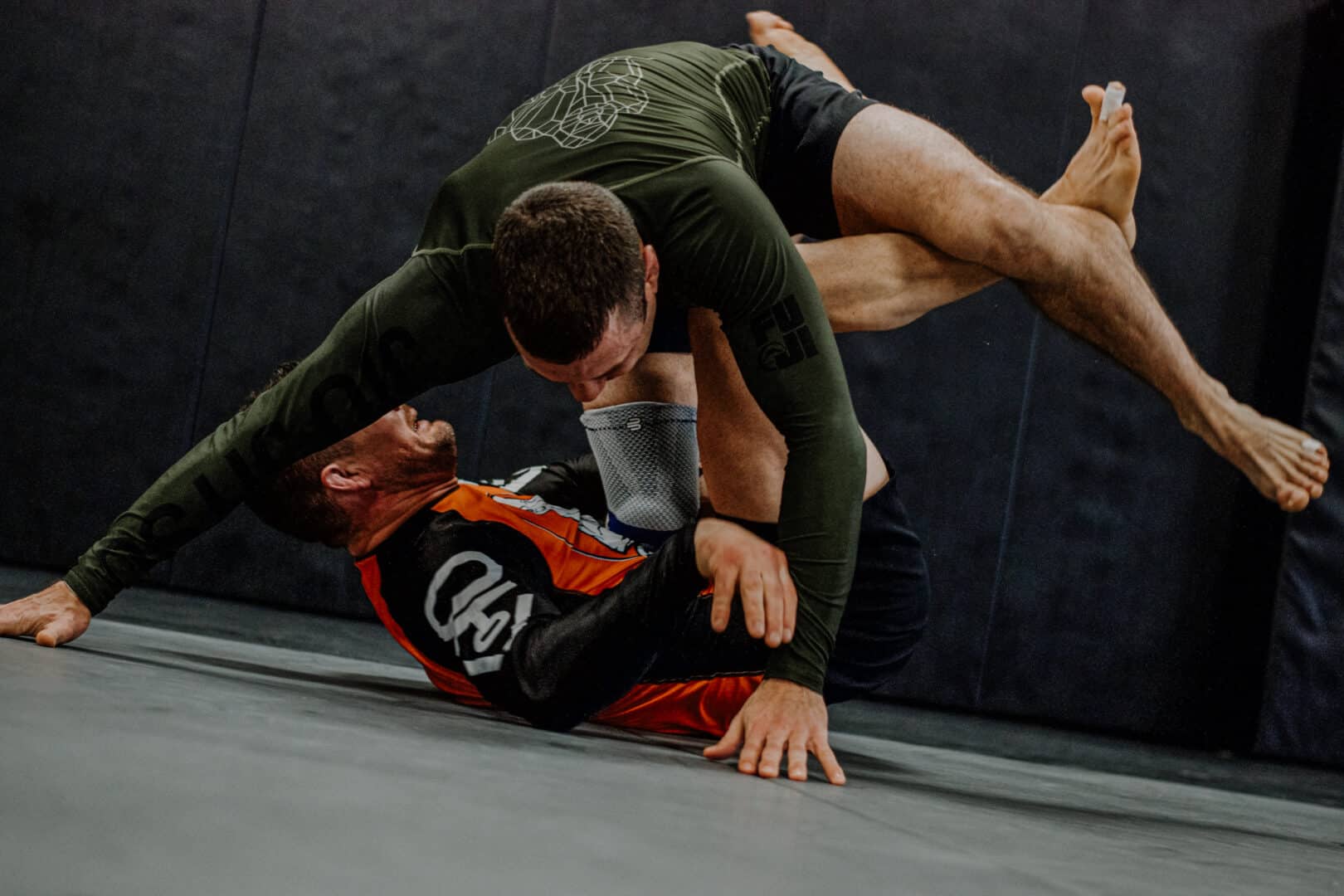
2. Superstars. In 2003 most of the Stars were Gi players. We had guys like Marcelo Garcia, Mario Sperry, Jean Jacques Machado, Saulo Riberio, Roger Gracie, Ricardo Arona, and my personal favorite Leo Veira dominating the Gi scene. Through competitions, these guys were sharing the newest techniques that they had developed on the biggest stage. We were watching the BJJ arms race happening right before our eyes. It was fresh and exciting but some will argue that the excitement in the Gi has faded and made way for new Super Stars. Today most of the public attention has shifted to exclusive NoGi competitors like Craig Jones, Gordon Ryan, and Lachlan Giles. Even the Gi OG’s are more and more active in the No Gi Submission Grappling setting. There are still new techniques emerging in the Gi like the Matrix but the pace of evolution has definitely shifted to No Gi. Even without the Gi, new tricky chokes are coming out. And when you combine that with a massive progression in high-level wrestling and a Leg Lock Submission game, it’s easy to see where the interest lies.

3. Philosophy. As mentioned earlier, leg locks used to be taboo. Mostly because people didn’t understand the position behind the attack. Dean Lister was really the first I can remember to attack the whole body. Even John Danaher, who upped everyone’s game, attributes his change in philosophy to a question Dean Lister asked him – “Why only attack half of the body?” Danaher’s positional approach to leg locks made it something that people could train safely and effectively. Through more knowledge, our fear of leg attacks has dissipated. Today I believe that leg entanglement and heel hooks are more widely accepted and are something that upper belts must understand if they want to be successful in NoGi competition.
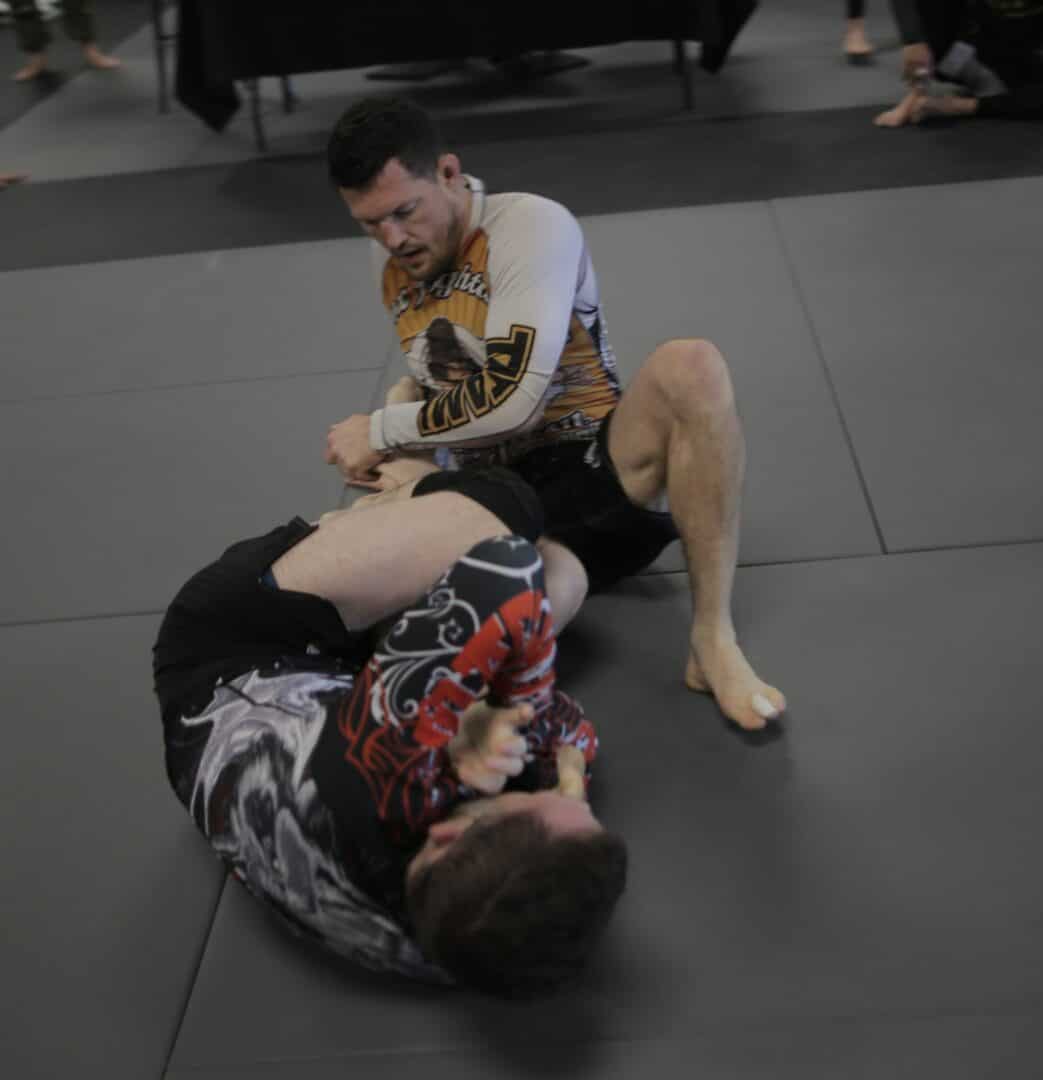
4. Training. With a change in philosophy, it didn’t take long for the training methodologies to catch up, starting with time on the mat. 10th Planet’s Founder, Eddie Bravo, built his reputation on training exclusively without the Gi. And for a long time, he caught a lot of slack for it. People weren’t ready for it then. In 2003, most classes in most Academies were in the Gi. For example, at Alliance we trained NoGi on Fridays and that’s it. I even heard a rumor that when Marcelo Garcia won the ADCC 77kg division, he had only taken the gi off two weeks prior to his massive NoGi event. Fortunately for Marcelo, he’s so good that it didn’t matter.
Today, people like Lachlan Giles talk about having 2 year training Camps between ADCC’s in preparation for the next event. That’s a dramatic difference in the approach to training. I believe that training in the Gi will help your NoGi but as much as NoGi has advanced over the almost two decades we’re comparing here, I find it very hard to believe that someone training as Marcelo did in 2003 will have the same success at ADCC today. Marcelo would likely agree. Today there are several NoGi only Academies, and many other Academies like mine, where we split Gi and No Gi Training equally. It’s fair to say that NoGi training is far more popular today than it was in 2003.
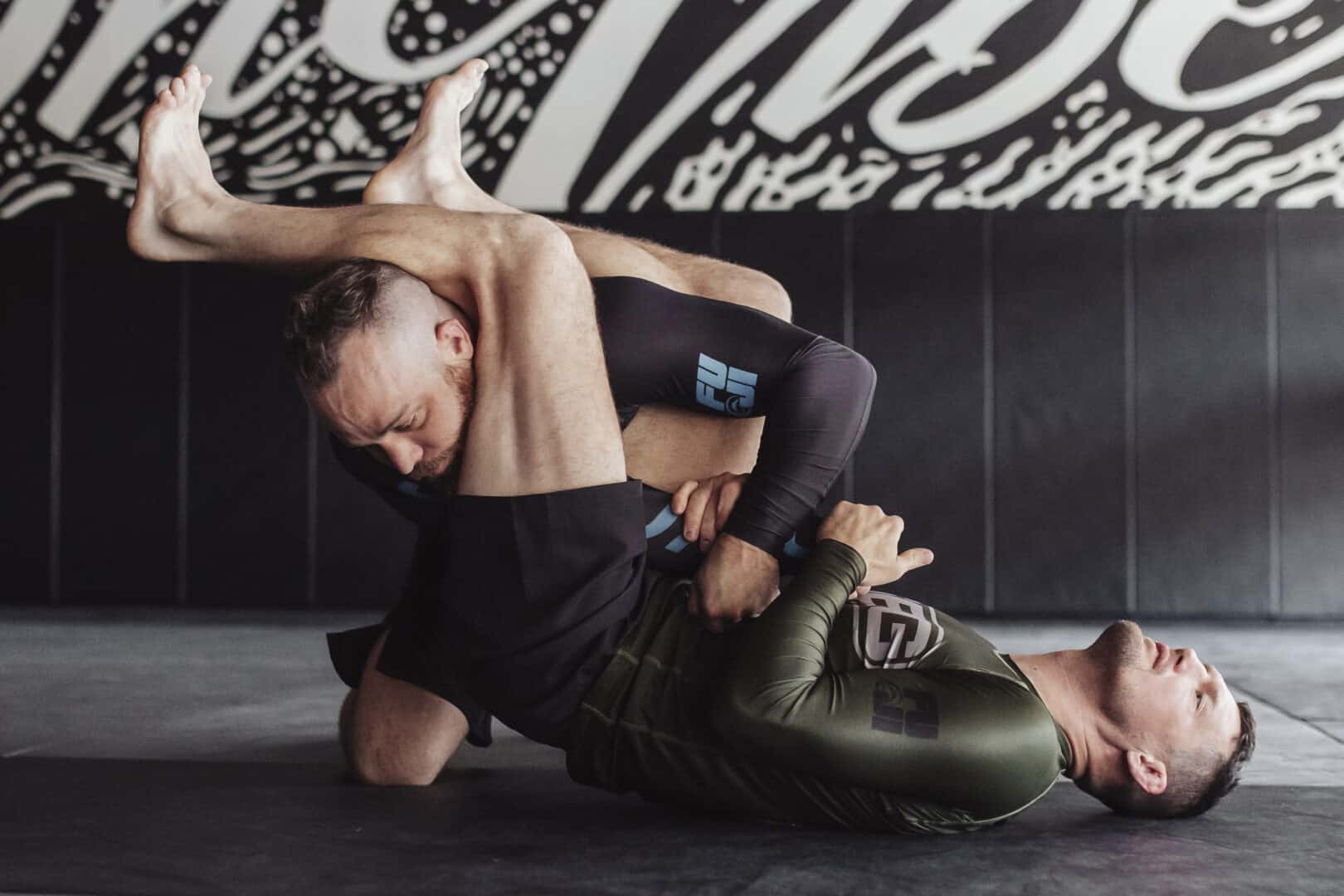
That’s nice. So is the Gi dead or what, Becky?
There’s no doubt that NoGi has experienced astronomical growth, especially in the sports world. However, Jiu Jitsu isn’t all about sport. Jiu Jitsu truly is for everyone, not just competitors and athletes. And where NoGi is fast and fun to watch, it also comes with a higher rate of injury. There’s more friction in the gi which slows the game down forcing one to use more proper technique, especially defensive moves. It’s easier to escape from bad positions and submissions in NoGi which frequently leads to poor defense. Additionally, the Gi is still fun. Spider, Lasso, Loop Chokes, Oh MY!!! All things that can be best done in the Gi still today.
